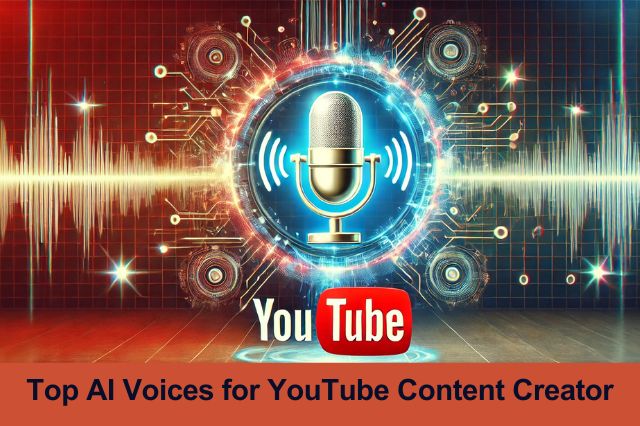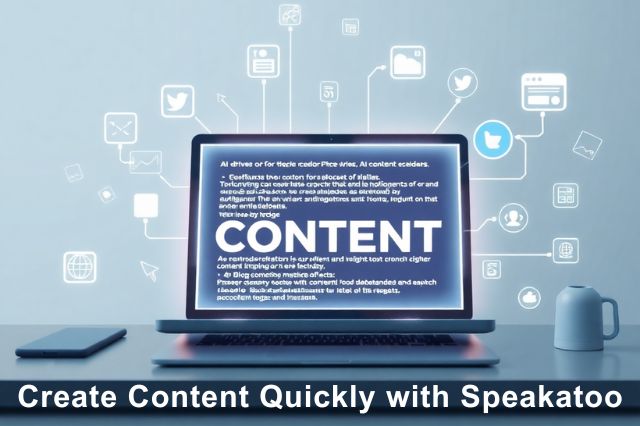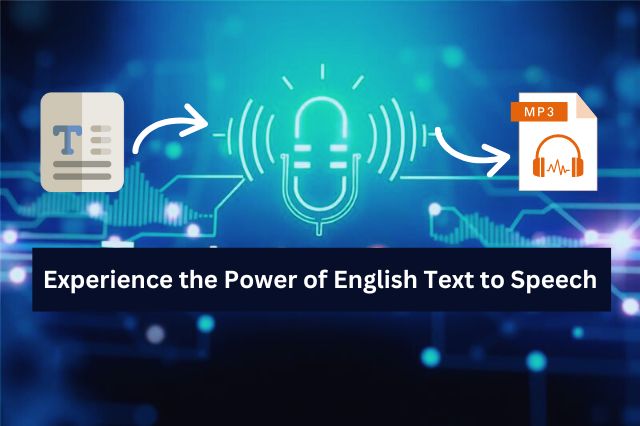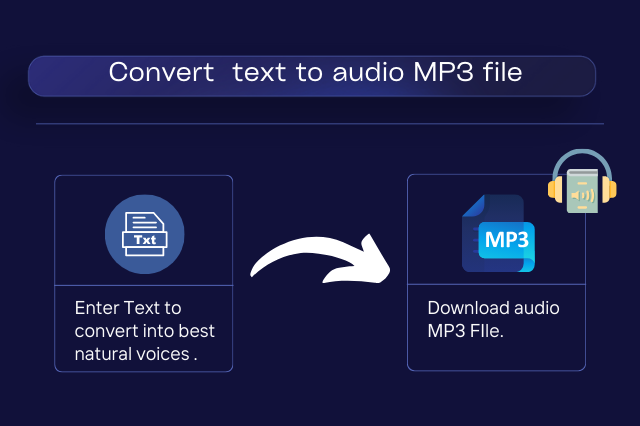Transforming Text-to-Speech using NLP
With the
rise of competition, competition is on the rise and your website ranking is on
a serious risk if you fail to keep up with the shift of consumer and their
changes in behavior and interests. A shift from search engine optimization
perspective and its learning algorithm makes sure you are not left behind.
Machine
learning has revolutionized the way content marketers create content. It gave
deep insights into what actually the search engine bots crawl and how they
understand the natural language.
In the past
two years, Artificial Intelligence has been changing the digital marketing
landscape as well as the way content is created. The content needs to be
meaningful, engaging and interesting. Artificial intelligence has been helping
to generate valuable insights about the content, making it easier to create
high-quality content for websites. By using artificial intelligence, the
content created for search engines is made more meaningful and provides a
better user experience.
What is NLP?
Natural
Language Processing is a technology which deals in automatic manipulation of
natural language in conversely with the Text-to-Speech. This is accomplished
with the use of software.
Natural
Language Processing or NLP is a branch of Artificial Intelligence that is
focused on developing algorithms to process and organize human language. It is
a fast-evolving field that is designed to give machines a way to understand
human language so they can process large amounts of data from written or spoken
human language.
How does NLP influence Text-to-Speech?
Natural language processing (NLP) refers to the ability of computers to understand human speech. It is the core technology that powers the field of artificial intelligence, which seeks to create machines that can think, feel, and act like humans. NLP is the core technology that powers the field of artificial intelligence, which seeks to create machines that can think, feel, and act like humans. Its goal is to enable machines to derive meaning from human input. This means that computers must be able to not only understand the words humans speak, but also the context in which words are used. For example, if you were to ask, "When is it going to rain?" your computer would need to understand not only the words you use, but also the question you are asking.

1. Recognising Speech- Recognising Speech is the part of Text-to-Speech. It is task where text is converted to speech or vice versa. In the recent technological advancements, every application developed now comes with the feature of speech-to-text. Speech Recognition initiates with following voice commands and answers. NLP has revolutionized speech recognition and absorbed the knowledge of how people talk to one another and respond it quickly.
2. Speech Tagging- Speech tagging is
also known as grammatical tagging, where NLP is able to determine what
particular word or text has been spoken. It also includes recognizing verb and
grammatical aesthetics to use it in better context.
3. Word sense Disambiguation- Let’s say
we speak to people, and they take their meaning as something else. In order to
differentiate between the meaning of the said word, app needs to be able to
disambiguate meaning. Disambiguation is a process consisting of detailed
analysis which result in differentiating words in the proper context.
4. Recognizing Entity- In NLP recognizing entity is called as Named Entity Recognition. NEW identifies words
or phrases we spoke as an entity, so that it can be recognized and
differentiated with its meaning to give proper response.
5. Analysis of Sentiment-When people
speak or talk, they reveal some kind of sentiment such as grief, sarcasm,
attitude, rudeness, angrier etc. So how does an app will understand the. This
is where the Sentiment analysis come into place. It has the power to extract
all the mentioned types of qualities from the text.
6. Natural Language Generation- In
natural language generation, structured information is transformed into human
language. That is the opposite of speech recognition and speech-to-text.
Conclusion
Text-to-Speech
is being one of the most influential invention in the world, which is now made
better with the use of NLP. Text to Speech is the evolutionary and is extracted
from the speech. The inventions have to this extent, that it is easy to produce
more natural sounding speech and make it understandable for the people with or
without disabilities.

























































